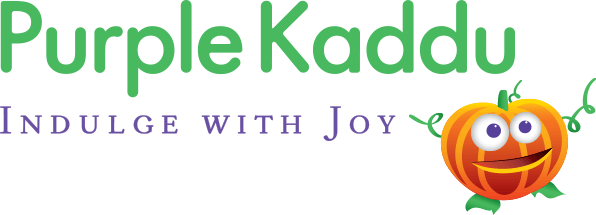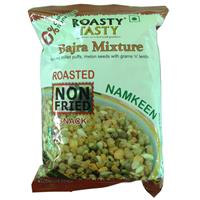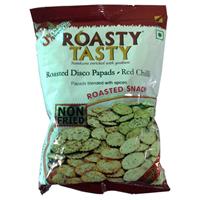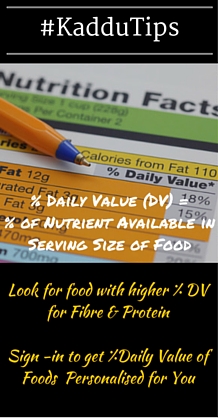
Roasty Tasty Bajra Mixture
Products in ‘Crispies & Namkeen’ category range from 0.5 - 4


- Rich in FibreMore than 20% of the recommended intake of Dietary Fibre - You have hit Fibre Jackpot ! Be careful that you do not include too many of such Fibre rich foods and also have enough fluids. Sufficient fibre should be taken to help maintain regular Bowel movements, manage Blood Sugar spike and reduce dietary cholesterol absorption but if you go over the top with Fibre, you can get gastrointestinal symptoms like constipation, diarrhoea and abdominal discomfort. Thus, it is important to maintain a balance.
- Rich in ProteinProtein is the main ingredient of structural and functional component of body. It plays a key role in our body as building blocks for muscles, cartilage, skin, bones and blood. They are also building blocks for enzymes, hormones, and vitamins.Foods that we regularly consume are low in Protein so eating food products which get more than 20% of its energy from Protein is good to include in your meal to ensure enough Proteins in a day.
- High in Fat
Calories in a food come from carbohydrates, protein and fat. The above product however has more calories from fat, which is not desirable and thus is considered “high in fat”.
So think again before you go binging on it, as every gram of fat matters!
- Know your Food- Sugar and its AliasesSome Food Products mask the amount of Added Sugar by using multiple forms of sugar and avoid displaying Sugar as one of the first ingredient. All Ingredient list are in descending order by their weight, so the position of sugar and its aliases can give an indication of the amount of 'Added Sugar'.Though the Nutrition Fact label on the food product gives you the Total Sugar, the regulation does not require the break up between natural and added sugar to be given. Thus, it is important to know the different sources of sugar that may be present in a food product to get an idea of added sugar.At the same time it is important to understand that the body does not distinguish between natural and added sugar, so take note of the Total Sugar in the Nutritional Fact label.Read more about the many different sources of sugar which includes Dextrose, Invert Syrup, Maltodextrin, Honey...
- The Better Salt: Table, Sea or Rock?Different Types of Salt available in market can be categorized into 3 basic categories: Table Salt, Sea Salt and Rock Salt.The difference between them is the source of origin but all of them have about the similar amount of sodium. Rock Salt and Sea Salt also have additional minerals which are lost in the process of producing Table Salt.Read more about this in the blog - Taking with a pinch of Salt: rock, table or sea.
- Highly Processed!Additives are added to the packaged foods for different reasons varying from increasing shelf life, to provide flavour and texture, increasing nutrition quality or required to manufacture some types of food.One of the ways to determine the degree of Processing is the number of additives you find in the ingredient list. The higher the number of additives greater is the degree of processing. Additives can be identified by looking for ingredients that begin with 'E' and have a number in them.It is generally recommended that food that is closer to nature is better hence it is better to choose food products with lesser number of additives.
Disclaimer:Product Analysis is based on general practices in the field of Nutrition. Please check with or consult a qualified and licensed medical professional for its suitability to you.














